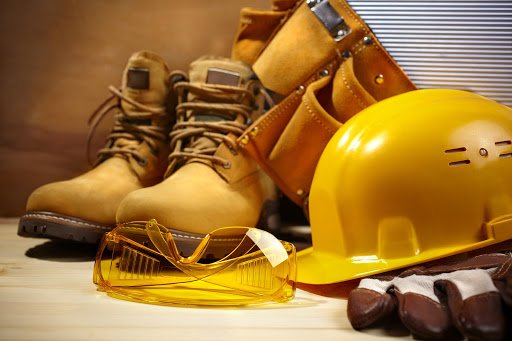The role of safety training in the reduction of workplace accidents

Occupational Safety, Health and Environmental Management remain a fundamental aspect of any organization. Zimbabwe is still recording a very high number of occupational fatalities and major injuries. The trend is disturbing therefore calling for very serious interventions by employers, workers and government.
By A Magawa (Amosa Safety)
When an occupational injury occurs, the micro and macro-economic status get disrupted. Occupational injuries bring direct and indirect costs including medical costs, costs of recruitment and retraining, disruption in the work cycle as it also brings pain and suffering. The reputation and public relations of the company suffers.
Employers, therefore, have moral, financial and importantly legal obligations to create working environments that are safe and without risks to the health of workers.
With the coming in of the European Union Conflict Minerals Regulation effective January 2021, with a provision of worker safety and health, it becomes paramount that our mining industry players align to this to remain competitive and be able to continuously and easily access that European market.
DOES TRAINING REDUCE ACCIDENTS? – WHY THE REQUIREMENT OF COMPETENT (ADEQUATELY TRAINED) PERSONS?
One of the leading causes of workplace accidents is lack of training – incompetency. It is for this reason that the Mining (Management and Safety) Regulations: SI 109 of 1990 provides that the Mine Manager appoints only “competent persons” (section 7) – (person who has had adequate training…). Another legal responsibility of the Mine Manager in terms of Section 9 (j) is not to permit any “incompetent” or inexperienced workmen to be employed on dangerous work or upon the proper performance of which the safety of persons depend. This implies that appointments should be done to those who would have received adequate training. This is an essential component of any accident prevention programme.
The Ministry of Mines and Mining Development through the Chief Government Mining Engineer’s Office (CGME) as well as the National Social Security Authority (NSSA), has accredited AMOSA SAFETY (Pvt) (Ltd), to conduct workplace training which promotes safety and health towards accident-free workplaces thereby strengthening the government’s commitment to push the workplace safety agenda. AMOSA SAFETY (Pvt) Ltd has had its courses also accredited by the South African Institute of Occupational Safety and Health (SAIOSH) the most recognised safety and health body in Africa.
Basic Rigging & Slinging Training Course
Training may range from that of First Aiders, Fire Marshal, SHE Representatives, Supervisor’s Safety Training, Hazard Identification and Risk Assessment (HIRA), scaffolding erectors or inspectors, working at heights and many others. Training must also be done to the equipment operators like the forklift, front end loader, mobile crane, excavator, dozer, truck mounted crane operators and training may also be advanced like that of ventilation technicians, mine blasting, shoring masters etc.
However, for training to be effective and meeting the legal provisions, it should be conducted by accredited and recognised providers like AMOSA SAFETY ACADEMY.
Worker safety training results in more production, there will be less accidents, improved employee retention, less machine maintenance costs, improved emergency preparedness, less medical costs so as quality within the organisation – an informed worker respond better to workplace situations.
By A Magawa: +263 771 491 365/[email protected]


